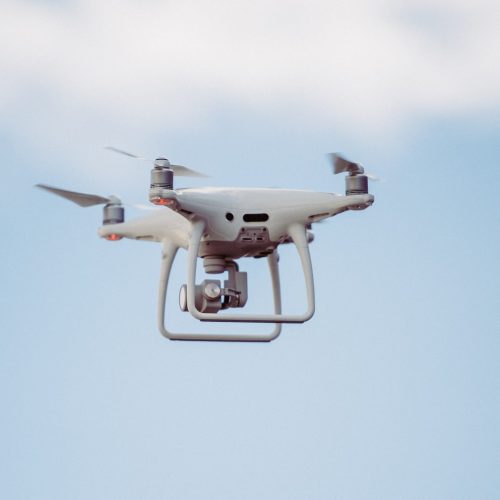Beyond the blueprint
Construction and, in turn, engineering is one of the oldest industries in the world, as technology has grown, so has the innovation of new tools to foster the industry’s advancement since it’s earliest days. Becoming more advanced does, however, mean becoming more complex and building developers, alongside their future occupants, are more empowered than ever to demand more options, smarter technology and increased sustainability.
Using virtual reality (VR) and augmented reality (AR) during design development offers the opportunity to get ahead of the project complexities as well as being more cost–effective, efficient, accurate and adaptable. Something I am sure we can all agree is beneficial to ourselves, the industry and to society in general.
No longer are AR and VR just for games and amusement; the technology is being adopted in the healthcare industry, education, retail and of course – engineering.
Both AR and VR are massively disrupting our industry, and it seems this is only the beginning, the market is set to reach a value of $90billion globally by 2020 and is quickly becoming a staple in both private and public sector projects.
In the construction industry, for instance, immersive technology can help in the development of smart cities with the collection of vast amounts of data – data that VR and AR can make tangible.
Seamlessly blurring the lines between digital information and physical settings, AR is helping construction teams become more efficient, solve problems, and have greater confidence in their projects. Rather than replacing the people currently needed on active sites, AR enhances the ways humans and digital machines work together, saving costs and material wastage.
Using the latest AR & VR technology, architects can find a more creative and straightforward way to show urban planners what their projects are going to look like by creating an engaging visualisation, triggering faster decision making and more assurance at an earlier stage of the building design process.
By creating detailed and interactive virtual maps developers can truly experience their future structures, they can move around in them, they can practically touch them and therefore fully envision them.
This extraordinary look into the future of their project allows developers to envision their interior design; it can highlight that ceilings need to be higher, that the placement of stairs needs to change and that an extra pool on the roof would indeed fit – decisions that have traditionally been harder to convince the developer of. When people are passionate about their vision, they sometimes struggle to see any flaws until it’s too late; this technology allows their vision to be brought to life before mistakes can be made.
Embracing AR & VR on your project not only saves time during the design and construction process but also after. Hotels are now able to complete their soft openings early; they can train their staff virtually, they can practice a full dinner service; giving operators the ability to hit the ground running as soon as the paint dries.
And it won’t stop at developers, after all, the end–user is increasingly becoming more and more the centre of our designs. We could use VR at home to walk around a hotel room before we book it, we could spend a journey in a virtual car before we buy it and we could even sit around a virtual table having dinner with our family members who are physically all over the world. We could see a shift in priorities of how a finished product looks, no longer considering how it will look in a magazine or on an influencers social media post but how it will look and feel in AR & VR (and if their family will virtually fit around the table!), possibly changing how we design from the beginning.
To anticipate the future is to anticipate all aspects of our own behaviours. It’s safe to say we will demand more from our cities, our buildings, our technologies and even more from each other, that’s our nature. Embracing these rapid changes – changes in technology and how we use it now will prepare us for the future.



